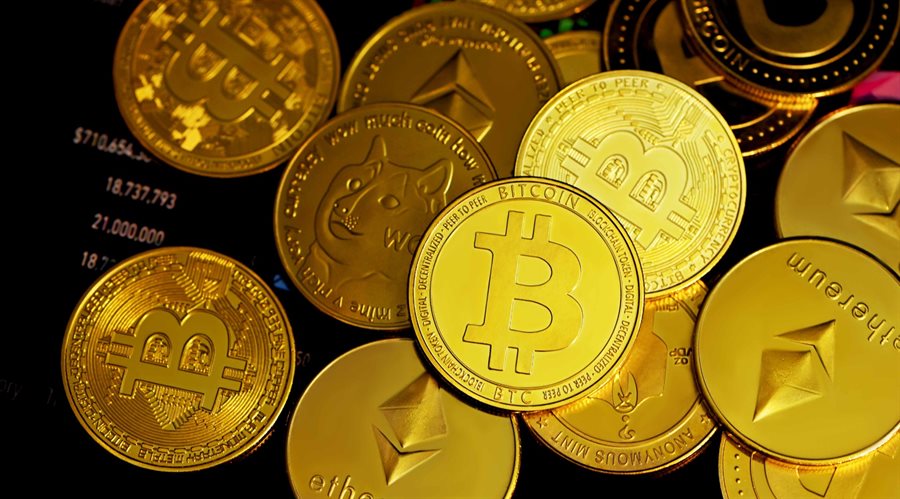Tokenomics combined the words ‘token’ and ‘economics’ in reference to the token’s economics.
A crypto token is in its very essence a crypto coin which is based on a blockchain platform, and which can be exchanged with another blockchain, thus providing several incentives for investors to hold it.
The term points to all of the token’s features and qualities which make it interesting from an investor’s point of view.
Each crypto token should have its tokenomics thoroughly explained in its project’s whitepaper, meaning that by reading it you should grasp the token’s functionality, objective, purpose, its allocation policies, and other pertinent info about it.
Since you are about to invest in a token, especially if you are very early on into the project, you will most likely be looking at it through the lens of the project’s backer.
Accordingly, there are 4 key elements which you should be taking into consideration in as far as tokenomics go.
Allocation and Distribution
As an investor you will need to understand just exactly is the token being distributed. The two most common ways which tokens are generated is by either being release via fair launch or being pre-mined.
Pre-mining happens when a predetermined number of tokens are generated and distributed before going public.
They usually tend to go into project developers, team members, early investors, and so forth, meaning only strictly exclusive addresses get them at first.
Opposite to a pre-mining event is what is known as a fair launch. A fair launch happens when a crypto is mined, owned, earned, and also governed by its community without having early access granted to any particular party nor private allocations happening before going public.
Pre-mining is tendentially more popular amongst most crypto projects, which means that before investing, one should see if there happens to be any wallets hoarding a significant number of tokens which might greatly impact the token’s price if dumped into the market.
On the other hand, if an early project seems to be distributing tokens to a significant number of participants as means of ensuring its future development, that might be a good signal.
Supply
A token’s supply is usually looked into via three different ways:
· The token’s circulating supply: which corresponds to the number of tokens which been issued up to the point of one’s analysis and are circulating at the time
· The token’s total supply: which…
























